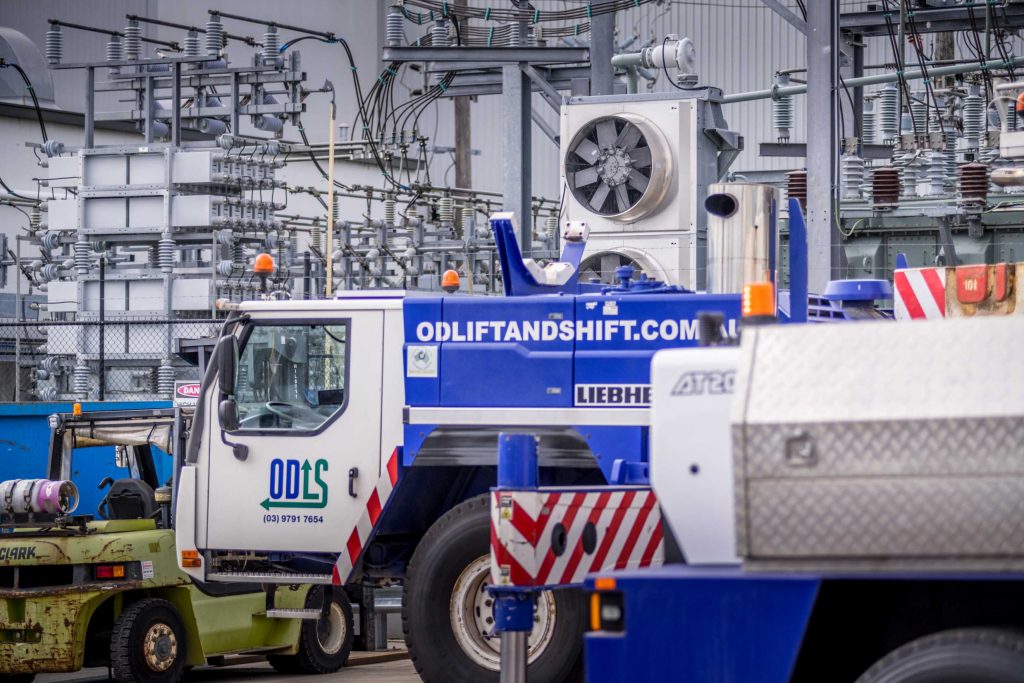At a glance
- Heavy haulage offers a dynamic, high-responsibility career for drivers who enjoy life on the road.
- Driving Licences such as HR, MR, HC and MC, are essential for employability.
- Other training such as OH&S White cards, Load Restraint and CoR Training improve your
- Success requires more than driving skills — route planning, safety, and mechanical knowledge are critical.
- Employers highly value personal traits like resilience, independence, and communication.
- The profession provides strong earning potential, career progression, and freedom from the typical 9-to-5 routine.
Forget the desk job dream. For those drawn to the roar of powerful engines, the open road, and high-stakes logistics, a career in Australia’s heavy haulage industry could be the path less travelled—but infinitely rewarding.
This isn’t just about moving goods; it’s about mastering a niche industry that requires skill, stamina, and smarts. Here in this article, we give you our insight into what it really takes to succeed in the heavy haulage sector, the certifications you require, and the attitude that will make you stand out.
Licensing & Certifications: Your Entry Ticket to the Industry
Operating heavy trucks in Australia requires specialized licensing, starting from a Heavy Rigid (HR) class and moving up to a Multi-Combination (MC) license, depending on the vehicle.
Aspiring drivers must typically be at least 20 years old and should have held a full driver’s licence for at least 12 months.
Drivers generally begin with smaller tray trucks with a HR or MR license and work their way up into tri axle semis or multi trailers with a HC or MC licence over the next 1-3 years.
Drivers can consider extra training for enhanced employability. They could include an OH&S White Card, Load Restraint training or CoR training for compliance with CoR legislation
Drivers with visions of interstate and heavy haulage freight careers find better opportunities with an MC licence.
Skills & Experience: Beyond the Wheel
Driving is just one aspect of heavy haulage. Employers appreciate operators who understand route planning and are familiar with OD Routes to maximize compliance, travel time and efficiency. A good knowledge of heavy vehicle mechanics is also desirable, allowing drivers to carry out basic troubleshooting and maintenance when needed.
Competence in load restraintensures cargo is transported safely, and proper observance of safety protocols minimises risks on the road. Also, freight experience is a valuable resource to allow graduation towards heavy haulage.
Read more about what makes a heavy haulage project different from regular haulage for more insights into what sets this job apart.
Mindset & Personal Traits: The Human Machinery Behind the Machine
Not everybody is suited to the challenge of heavy haulage. Those who thrive in such an environment are highly resilient and can handle pressure in fluid, changeable environments. They use self-discipline, working on their own for long periods, and offer outstanding communication skills to customers, dispatchers, and governing authorities.
A positive safety and maintenance attitude is imperative, along with psychological stamina to endure long hours and loneliness on the road. Being willing to spend extended lengths of time away from home comes with the territory, and individuals who embrace it feel incredibly enriched in their pursuit.
Extra Tickets & Training: Your Competitive Advantage
While not required, achieving additional qualifications can make a driver even more attractive to an employer. A forklift licence, for instance, enables drivers to load and unload merchandise on their own, increasing depot and delivery site productivity.
Similarly, a crane or dogman ticket opens up the scope of eligibility for employment in the movement and placement of special equipment. Many heavy haulage companies also seek operators with specialised tickets to meet unique job requirements. Special remote area driving experience is highly sought after, particularly in regions providing services in Western Australia, the Northern Territory, and Queensland, where there are tougher terrains to cover and longer distances to travel.
Fatigue Management: Stay Sharp, Stay Safe
Fatigue remains one of the leading risks in the heavy haulage sector, so it is important to manage it properly. In Australia, there are regulations around fatigue management regulated by two large schemes of accreditation. Basic Fatigue Management (BFM) allows drivers to be on the road for longer with controlled conditions, and Advanced Fatigue Management (AFM) offers increased flexibility with increased compliance.
Understanding how to drive within these frameworks, ensures safety and increases employability, as they allow drivers to handle longer hauls and more complex schedules.
Read about key risk factors to address with your heavy haulage company for a closer look at potential risks.
Why It’s More Than Just a Job
Heavy haulage in Australia with a business such as ODLS is not just a career—it’s a lifestyle with numerous benefits. Drivers can earn competitive salaries, and the work provides job security in a sector that remains essential across Australia. The requirement to travel extensively to many different projects is one of the key attractions, as is the chance to escape the rigours of a typical nine-to-five life.
Over time, drivers may progress into supervisory or administrational roles such as fleet management or permitscoordination, making this a viable long-term career path with room for growth and specialisation.
Ready to Change Gears?
If you’re seeking a career that values skill over suits and independence over office hours, heavy haulage might be your calling. With the right training, mindset, and drive, the road ahead could lead to a highly rewarding future.
For learning opportunities or to learn more about a career in heavy haulage, visit ODLS today. Your future in driving starts here. Get in touch with us!

